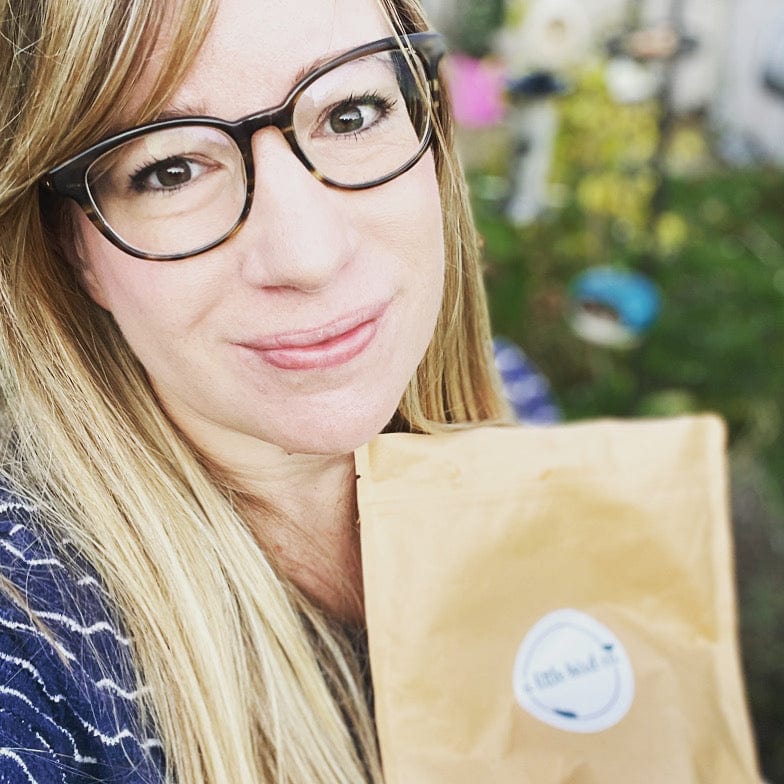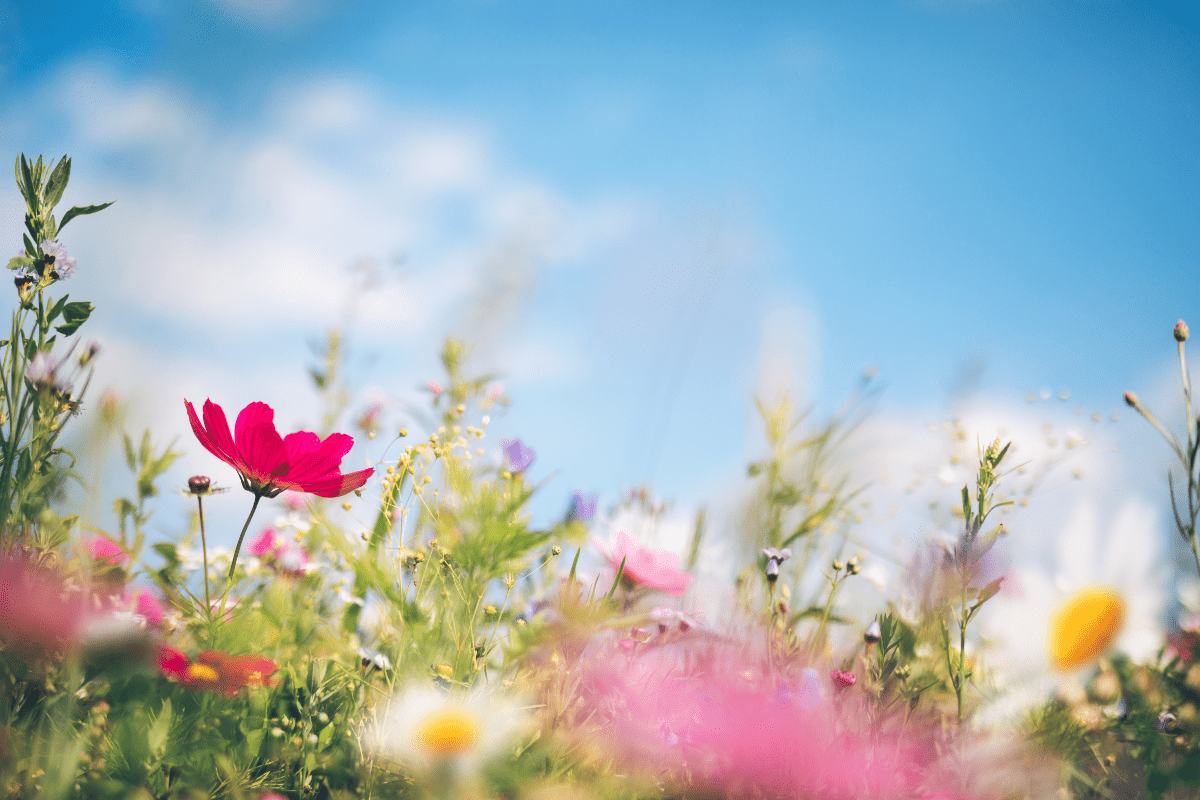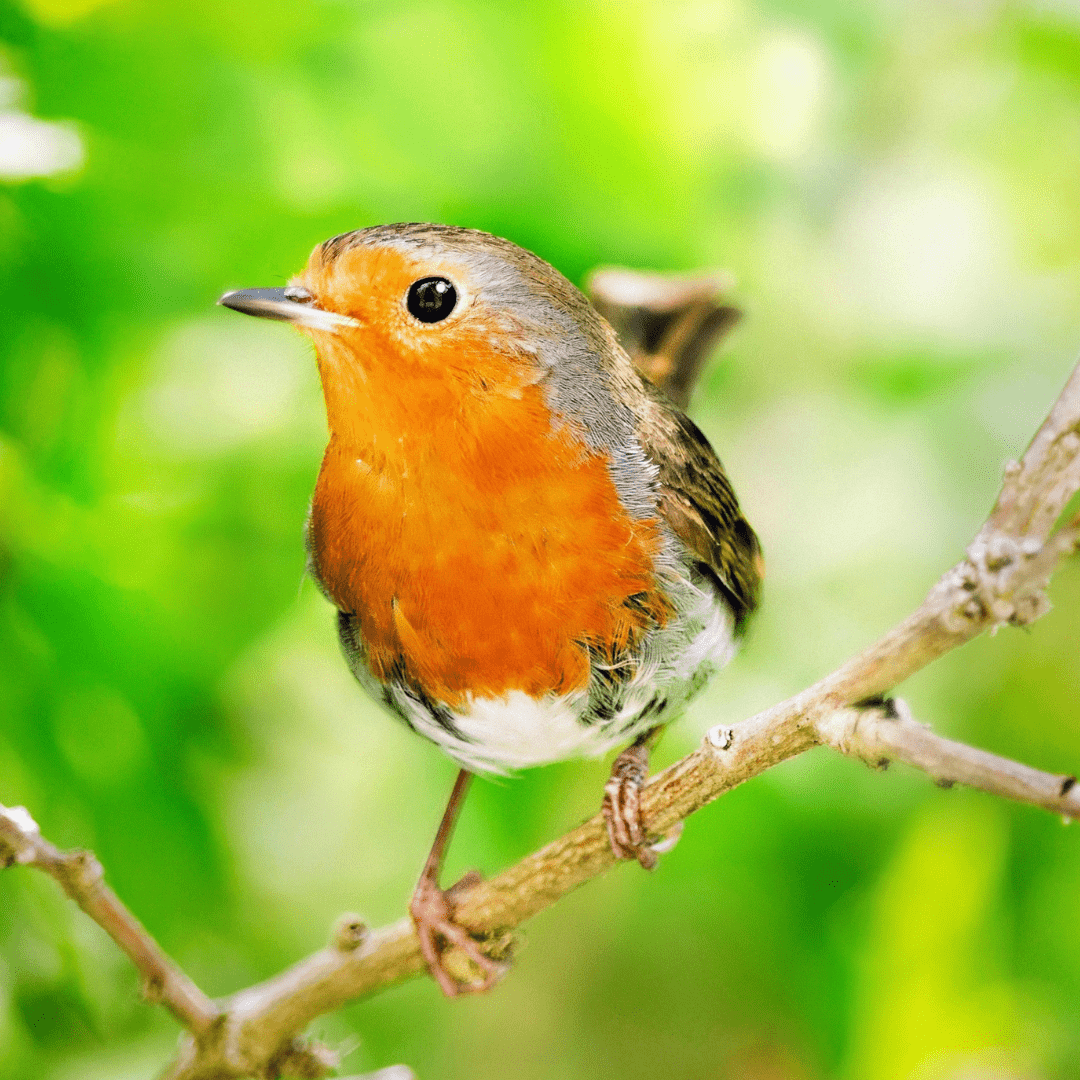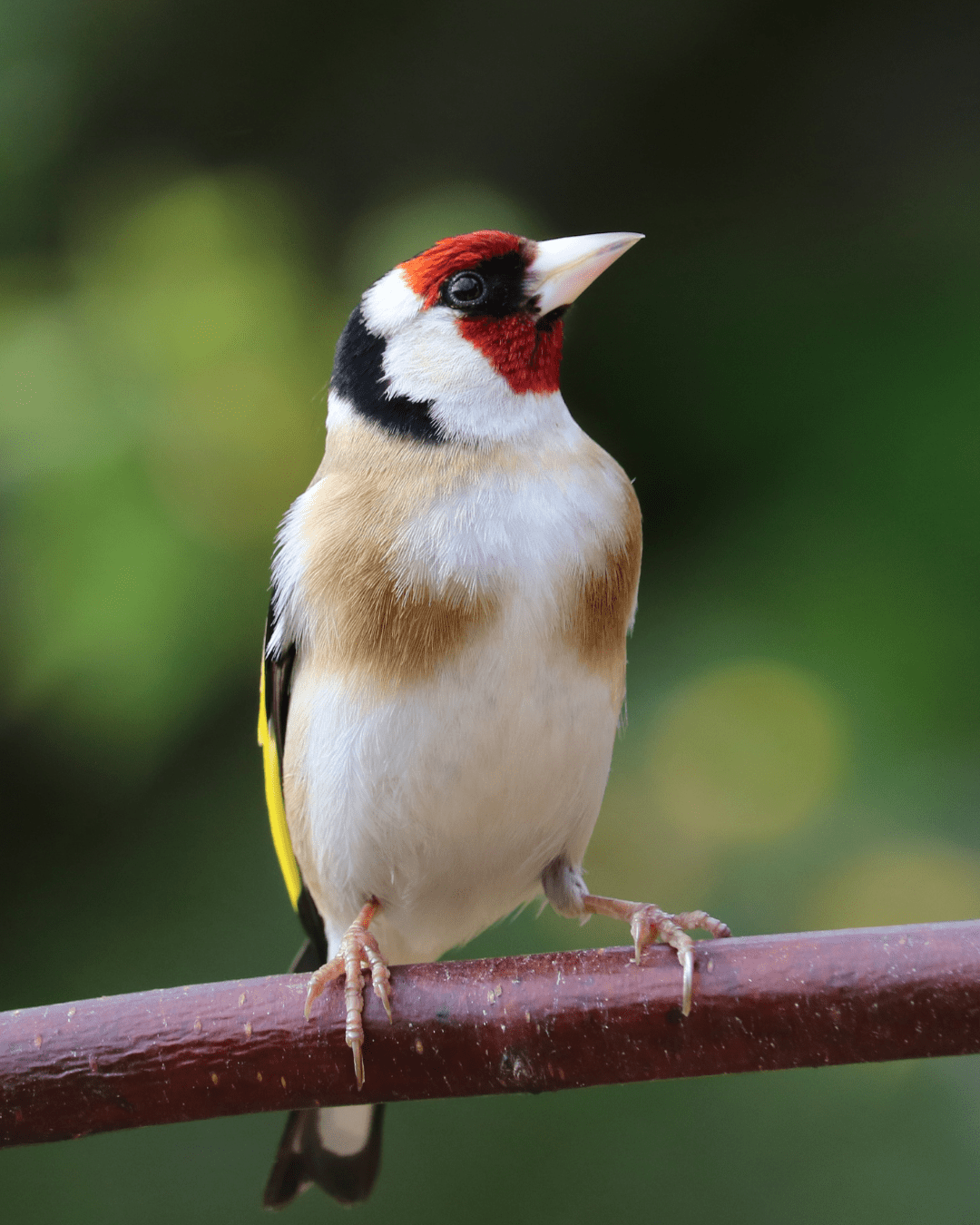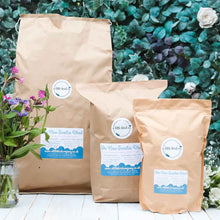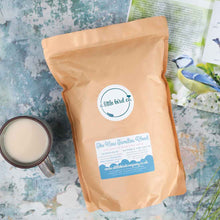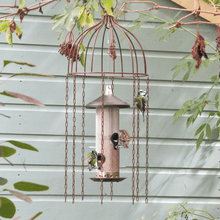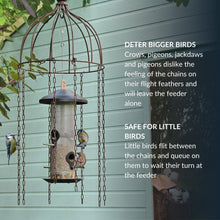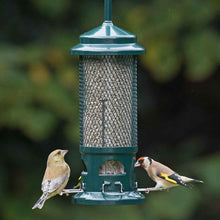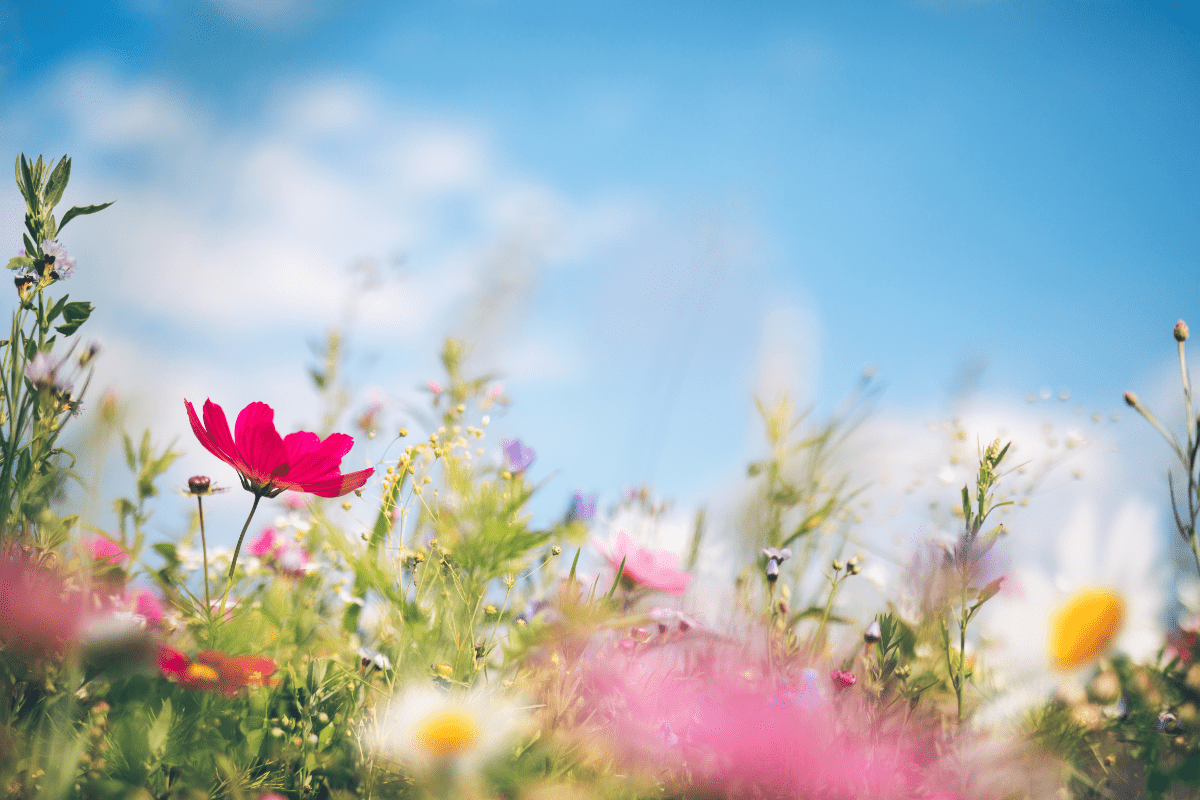Hiding in Plain Sight: The Birds We’re Losing Without Noticing
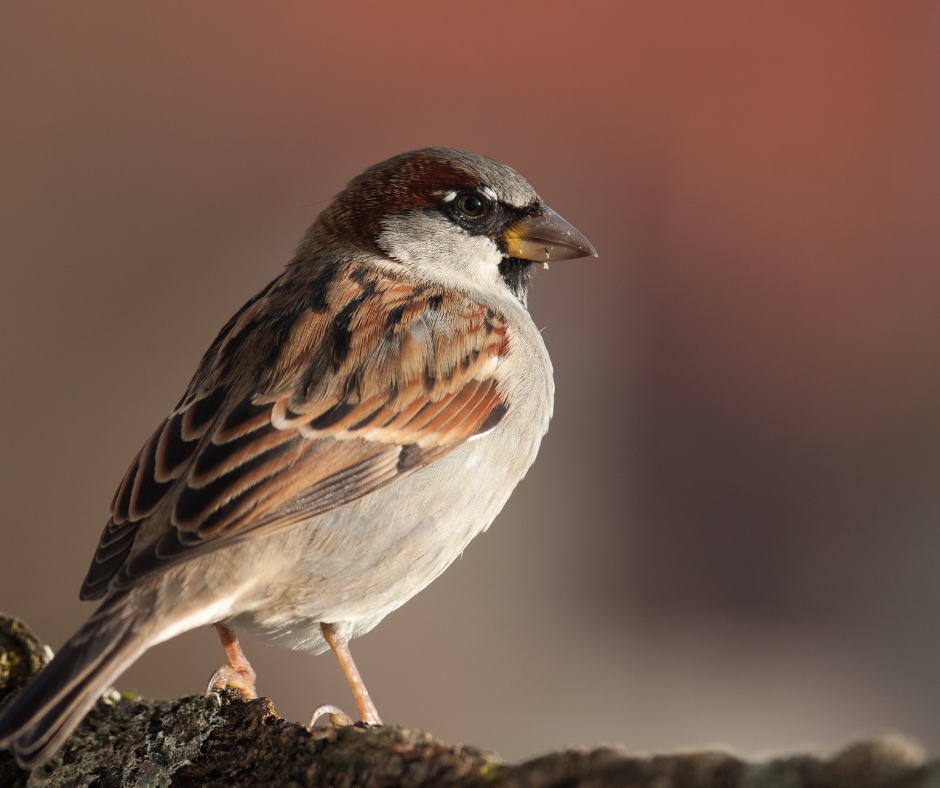
There are some birds we see every day. Birds who feel so familiar, they’re even seen as a bit of a nuisance. I remember a neighbour once scoffing at my daughters’ fascination with a male house sparrow calling from a tree. “That? It’s just a sparrow!” she said, surprised that we were giving him a second glance. And starlings? When they arrive in a group, they can take over completely. Noisy, boisterous and full of squabbles, they feel like there must be an abundance.
But here’s the surprising thing. Some of the birds we see the most are actually in serious trouble. We often imagine endangered animals as exotic species living far away, like pandas, rhinos or tropical birds. But in truth, some of our most familiar garden visitors are quietly disappearing. We’re taking a closer look at three birds you might assume are thriving, but whose numbers are telling a very different story.
House sparrows
House sparrows have always been thought of as one of our most familiar birds. They were considered scavenging urban pests and formed the backdrop of city life - even referred to by Dickens in his novels. They’ve always lived boldly alongside us and benefited from our buildings, gardens and food, so they feel ubiquitous. By the early 20th century, they were even the targets of culling campaigns, blamed for helping themselves to grain. While colourful finches were kept as caged birds, house sparrows were thought too common and plain to be valued for their song or looks.
They were so widespread, they became almost invisible. Population records tell a different story. House sparrow numbers have declined by around 70% since the 1970s, putting them firmly on the Red List for conservation. A reduction in invertebrate populations, caused by pesticide use, loss of hedgerows, and the paving over of gardens, means these gregarious little birds have less to eat, especially during the breeding season when chicks rely heavily on insects. Our modern homes no longer offer the welcoming nooks and crannies sparrows once used for their sociable nests, and it’s thought that air pollution has played a role too. A recent study found that sparrows exposed to higher levels of air pollution produced fewer chicks per brood.
So, what can we do to make sure these ‘little brown jobs’ remain a familiar sight in future gardens? First, add nest boxes to your home. House sparrows like to nest high up, in the eaves of houses, and in little family colonies, so it’s best to put up a few boxes, or a terraced sparrow box designed just for them. I love the sturdy, practical boxes from Green&Blue. Planting for wildlife is a no-brainer — the more pollinator-friendly plants in your garden, the better. Add hedging - we have a mix of closely planted hawthorn and laurel which they enjoy spending time in. Avoid trimming hedges in nesting season (March to August), and choose mixed native hedges to provide both shelter and food. Sparrows eat greenflies, caterpillars and beetles, so plants like fennel, marigolds, lavender and hawthorn are brilliant for attracting insects they can feed on. You can even encourage local schools, businesses or councils to add a wildlife-friendly patch (or rethink their mowing schedule) to ensure there’s enough food available. And house sparrows particularly love sunflower hearts, suet pellets, dried mealworms and pinhead oats. We have a little family of house sparrows spending time in our hedge. The noise and fuss they make brings a smile to my face.
Starlings
I wish I could say I have nothing but love for our local flock of starlings. As much as I enjoy watching their iridescent colouring in breeding season and their incredible murmurations in late autumn, I do find their ability to dominate the feeder frustrating. While other birds take turns, starlings arrive in force and drop as much food on the floor as they eat. The waste drives me mad! It’s difficult to see them as endangered when your garden’s been taken over, but starlings are Red-listed, with a decline of around 66% since the 1970s. They’re still widespread across the UK, but the sheer numbers we see in murmurations can hide the truth. Fewer places to nest, fewer soil-dwelling invertebrates, pesticide use and changes in farming practices have all contributed to their decline. So, how can we support starlings? They love suet pellets, mealworms and sunflower hearts. We’ve set up a feeder just for them, alongside a Starling Proof Feeder Guardian Set to protect the food we want to keep for the smaller birds. In the wild, starlings eat leatherjackets (cranefly larvae), which they peck from lawns. These larvae can damage plant roots, so we owe starlings a thank you for that. They also eat caterpillars, slugs, ant larvae and earthworms, so the richer your garden’s ecosystem, the happier your starlings will be.
Greenfinches
I always think greenfinches look a bit grumpy, with their slightly downturned beaks — and it turns out they’ve got reason to feel put out. Greenfinches were once a common sight at the feeder, and unlike house sparrows, they were kept as caged birds, prized for their bold colour. Familiar in churchyards, hedgerows and gardens, they could become surprisingly tame. But in 2005–2006, greenfinch numbers suddenly plummeted, falling by more than 60% in just a few years. The cause was trichomonosis, a disease spread via bird feeders and bird baths. Sadly, in trying to help these birds, we inadvertently caused a huge problem. Though numbers have stabilised, greenfinches haven’t yet recovered, and they remain on the Red List. The most important thing we can do to support them is keep our feeders and bird baths clean. From early 2025, the RSPB removed flat bird tables and tray-style feeders from sale (along with the mixes used on them), as a precautionary measure. I’ve followed suit and no longer stock tray-style feeders either. It’s easy to see how damp food and droppings can build up on flat surfaces. Tube or perch-style feeders are more hygienic, and spreading a few around the garden helps prevent overcrowding. Greenfinches love sunflower hearts and chopped peanuts, and in the wild they’ll eat dandelion and thistle seeds, ivy berries, and insects like aphids and caterpillars during the breeding season.
Take action
If we want these birds to feel common and familiar once more, the solution is straightforward. Cleaning feeders regularly, planting with pollinators in mind, and providing habitat for the insects these birds rely on are all brilliant ways to help. And of course, offering a regular supply of good-quality seasonal bird food helps garden visitors get through the year, as well as keeping you connected to the wildlife just outside your window.

